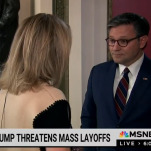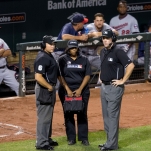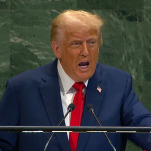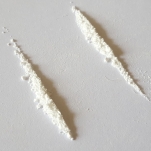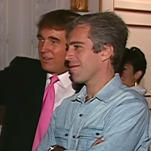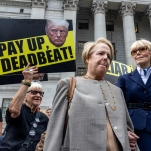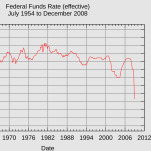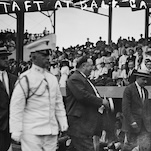Miami Artist's "Political" Destruction of Ai Wei-Wei Work Was a Big Fail
In the annals of radical acts of truly provocative fine-art vandalism, a Miami incident involving an Ai Wei-Wei work falls somewhere down the list near “that time my cat peed on my middle-school portfolio project.”
Here’s the nutshell version: The city’s Perez Art Museum Miami opened this past December with both a show featuring works from its permanent collection, and the traveling exhibition Ai Wei-Wei: According to What? This past Sunday, though, a local artist named Maximo Caminero, miffed at his perceived lack of local artists on view at the museum, decided to take protesting matters into his own hands.
Perhaps, though, he was truly gnashing his own teeth over his own poor reading skills, as a handful of works by Miami-born and – based artists do appear throughout the museum. In any event, Caminero decided to smash one of Ai Wei-Wei’s “Colored Vases,” in a “spontaneous protest” with a “political” aim, according to the Miami New Times.
Unfortunately, Caminero hasn’t kept up with the contemporary art scene, it appears. After the incident, he admitted to having no real idea about Ai Wei-Wei’s oeuvre, or the purported value— $1 million, by museum estimates—of the work he destroyed.
“I thought it was a common clay pot like you would find at Home Depot, frankly,” he told New Times’ Michael Miller. “I honestly had no idea the vase had any value.” Oopsies!
Purported value or not, though, the whole going-into-a-museum-and-wrecking thing now comes across as hackneyed as Caminero’s Picasso-lite attempts at ‘50s-style Abstract Expressionist painting. It’s also not something that any of the fellow Miami artists for whom Caminero purported to speak want any part of:
There was a point at which fine art vandalism shocked, but that time has long passed. Caminero has now earned his own Wikipedia mention, but here are five major acts of art vandalism that seemed to truly speak for the ideological—rather than the provincial—in their day.
Mary Richardson takes a cleaver to Velázquez’s Rokeby Venus, 1914
Winning women the right to vote involved some serious protests—and when suffragette Emmeline Pankhurst got arrested, a fellow feminist in arms devised a way to draw attention to her plight. Pankhurst’s friend, Mary Richardson, decided to destroy this Venus painting in the National Gallery of London to draw attention to the former’s mistreatment.
-

-

-

-

-

-

-

-

-

-

-

-

-

-

-

-

-

-

-

-

-

-

-

-

-

-

-

-

-

-

-

-

-

-

-

-

-

-

-

-

-

-

-

-

-

-

-

-

-

-

-

-

-

-

-

-

-

-

-

-

-

-

-

-

-

-

-

-

-

-

-

-

-

-

-

-

-

-

-

-

-

-

-

-

-

-

-

-

-

-

-

-

-

-

-

-

-

-

-

-

-

-

-

-

-

-

-

-








